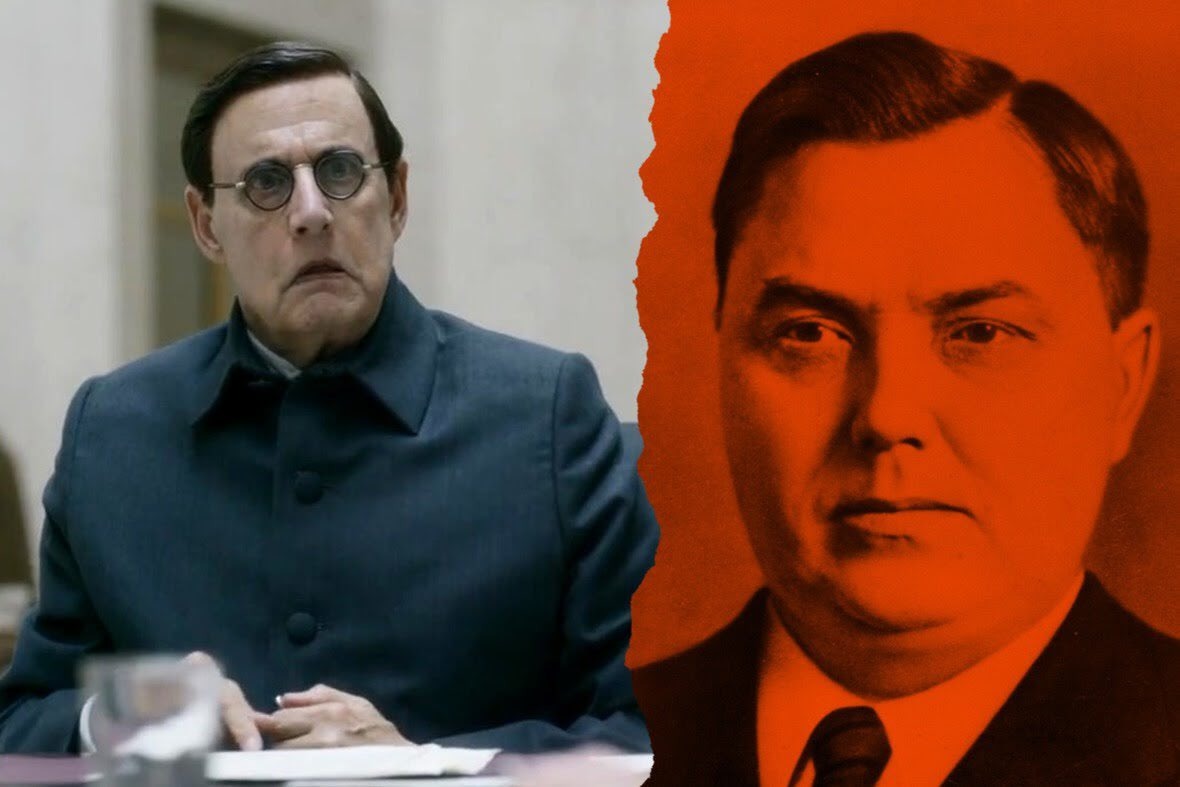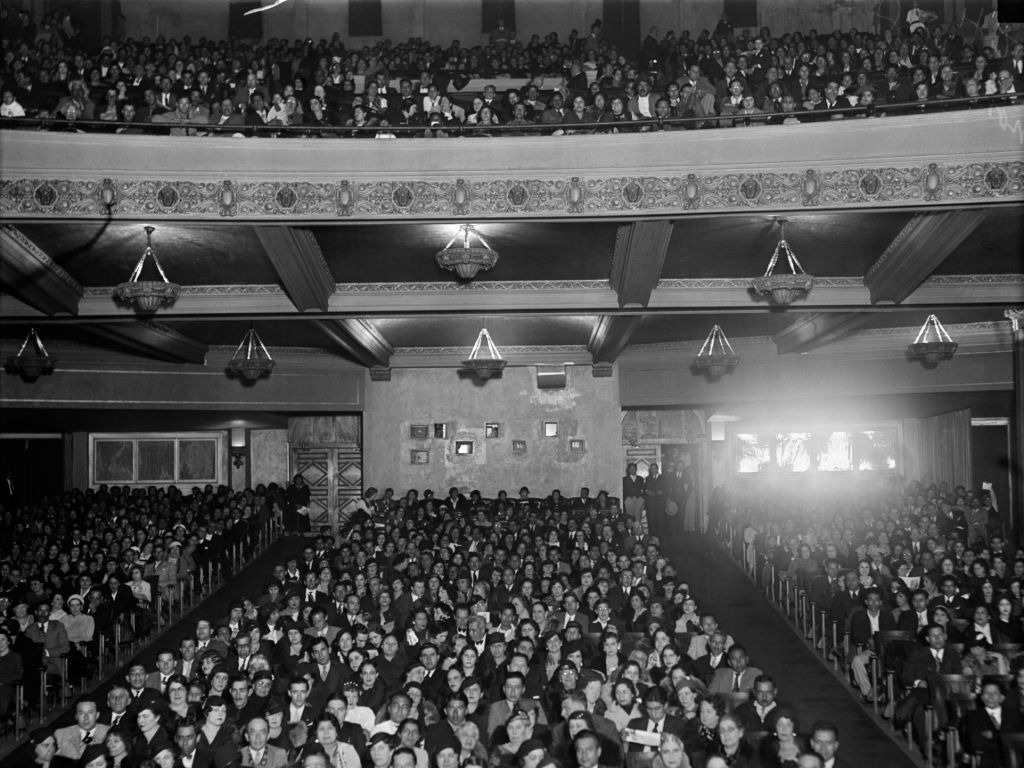It took 27 years after Barack Obama became the first Black president of the Harvard Law Review for another milestone to be reached, this time, with a Black woman at the helm. In 2017, ImeIme Umana made history as the first Black female president of the prestigious 130-year-old journal, a role regarded as one of …








